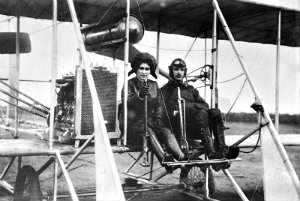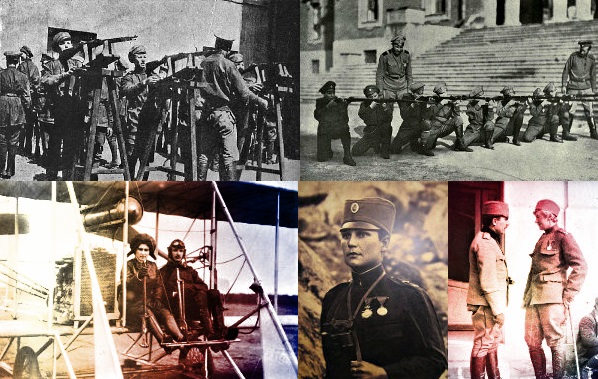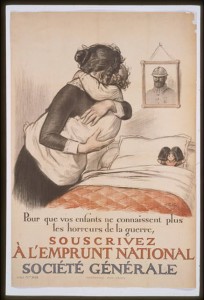The female population had many roles during the Great War except women fighters. Women nurses, factory workers, drivers and even land workers were acceptable, but women fighters were a taboo. However, the prohibition did not stop some of these meek lambs from turning into fierce lions in the front lines.
A Little Mother
During the WWI-era, women fighters were a novelty. Ideally, a woman’s image during the times of the Great War was pacifistic, affable and caring. These model qualities every female must possess were summed up in in the well-known 1916 pamphlet supposedly written by A Little Mother.
According to this handout, which sold about 75,000 copies in a span of seven days, “women were created for the sole purpose of giving life and that men, to take it”. In this light, feminists of those times also argued that “women were not born to be warriors” and that a woman’s duty was “not to bear arms but bear armies”. Campaigning for female combatants during the Great War would have weakened the argument of the suffragists and suffragettes that the right to vote and the gift of citizenship weren’t only for those who fought for the country (the men). The underlying tone of this argument was that women supported the war effort by being mothers and were, thus, worthy of the privilege to vote.
From Land to the Sky and the Sea

Nevertheless, these controversies did not weaken the resolve of some of the female population to bear arms during the war.
Here are some of the ladies who showed their might mat it be in the air, waters or land during the Great War:
Eugenie Mikhailovna Shakhovskaya (Russia) – the first woman military pilot, who flew reconnaissance duties for the Czar in 1914.
Loretta Perfectus Walsh (America) – the first woman to be on active duty in the US Navy. She was also the first woman to be allowed to serve in any branch of the US armed forces in a non-nurse occupation.
Maria Leontievna Bochkareva (Russia) – proved her mettle in the Russian army during the Great War, when Czar Nicholas gave her the leave to join as a combatant. She, then, went on to form the Women’s Battalion of Death.
Olena Stepaniv (Ukraine) – was also another female soldier who fought in WWI. She went on to become an officer in the Legion of Ukrainian Sich Riflemen, the first woman recipient of an officer rank throughout the globe.
Ecaterina Teodoroiu (Romania) – Ecaterina fought and died in the Great War and is, until now, considered a heroine in her country.
Flora Sandes (Britain) – despite being an Englishwoman, Flora joined the Serbian army because here, she was allowed to be a combatant. She rose in ranks and eventually became an officer. Notably, Flora fought for a short while in the Second World War.
The ‘Mulans’ of WWI

Some women, however, had to take the disguise of a man just so they could enter the army as soldiers.
Dorothy Lawrence (Britain) – Dorothy, a journalist, took the identity of an imaginary Private Denis Smith just so she could get into the front lines as a British soldier. But in fear for the lives of the Tommies who helped her, she turned herself in after 10 days in the trenches.
Milunka Savić (Serbia) – Milunka joined the Serbian army in place of her brother at the height of the Great War in 1916. She cut her hair and donned on male clothes for this. Shen, then, went on to become the most-decorated female fighter throughout war history and was wounded no lesser than nine times throughout her time of service.
Natalie Tychmini and Olga Krasilnikova (Russia) – Natalie and Olga both took on the guise of a man to enter the Russian army. In 1915, both women showed their fighting prowess in the front lines. Olga fought in nineteen battles in Poland, but had to be sent home due to a leg wound. Natalie, on the other hand, fought against the Austrians in Opatow. Her real identity was discovered when she got wounded and was sent back to Kiev. Both women were recipients of the Cross of St. George.

